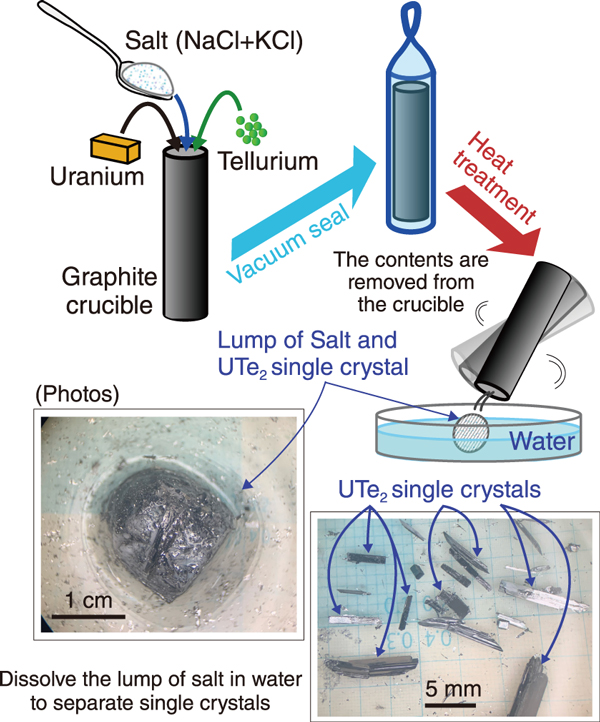
Fig.1 Single crystal growth of superconducting UTe2 by the molten-salt flux method

Fig.2 Temperature dependence of normalized resistivity for several UTe2 samples
Superconductivity is the phenomenon in which the electrical resistance of a material becomes zero. Its applications in power transmission, storage, and development of powerful electromagnets are indispensable for an energy-saving society. Recently, it has also attracted attention in the field of quantum computing.
Uranium-based superconductivity is regarded as a candidate for topological superconductivity, and elucidating the superconducting mechanism is a frontier issue in condensed matter physics. Uranium telluride (UTe2) is exactly one such candidate. The superconductivity in this material was discovered in 2019 by a research group in the United States. Until now, single crystals of UTe2 have been grown by the chemical vapor transport method; however, achieving high quality of the single crystals is a problem. In this conventional method, a small amount of uranium element defects remain in the single crystals, affecting the superconducting properties.
Therefore, we devised a new method for growing single crystals while removing the defects of uranium elements. We chose the flux method, which simplifies the synthesis conditions. A familiar example of the flux method is growing crystals of alum or salt dissolved in water. In this study, we used molten salt, a mixture of sodium chloride (NaCl) and potassium chloride (KCl), instead of water. Each salt has a high melting point of approximately 800 ℃, but when mixed, the melting point drops to approximately 650 ℃. We melted this salt mixture with uranium and tellurium in various proportions and cooled the resulting mixture slowly from a high temperature of 950 ℃. This procedure is called the molten salt flux method (Fig.1). Finally, we obtained high-quality single crystals with a superconducting transition temperature of 2.1 K. Meanwhile, the residual resistivity ratio (RRR), which is a measure of single-crystal quality, reached an order of magnitude higher value of 1000−this value far exceeds the highest reported RRR value of 88 reported until 2022 (Fig.2). This means that the uranium deficiency has been eliminated to the maximum extent possible.
High-quality single crystals are essential for exploring the nature of superconductivity, and the molten salt flux method proved effective in growing such crystals. Henceforth, we can obtain high-quality single crystals of UTe2 for given growth conditions, such as the raw material mixture ratio and the amount of molten salt, and the method has reproducibility. These high-quality crystals can dramatically boost experimental research on the mechanism of novel superconductivity. Research on measuring various physical properties using our single crystals is ongoing, and these works progressively reveal the intrinsic superconducting properties of UTe2 that remained hidden because of the uranium defects.
This work was partially supported by JSPS KAKENHI Grant-in-Aid for Challenging Research (Exploratory) (JP20K20905) “Detection of Surface States in Topological Phases by FIB Microcoils” and the JAEA Fund for Exploratory Researches (Houga fund).
(Hironori Sakai)